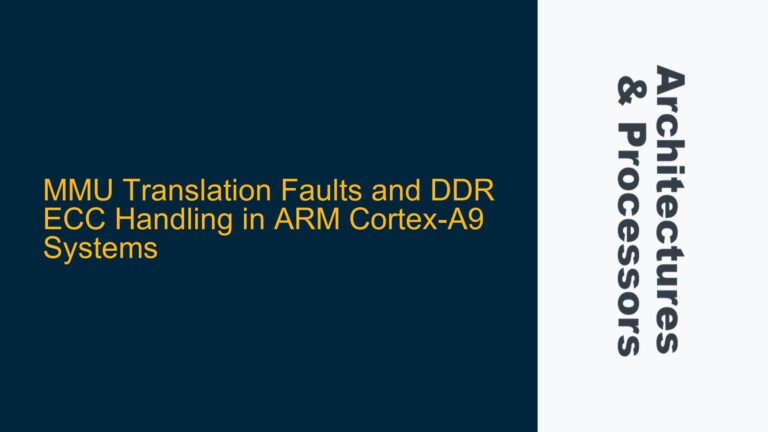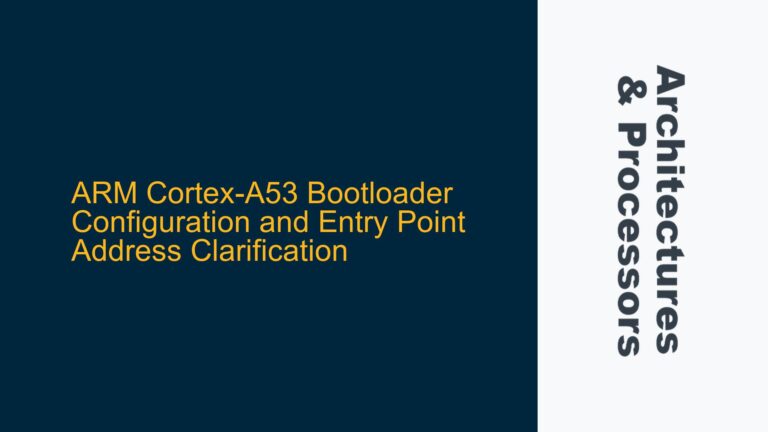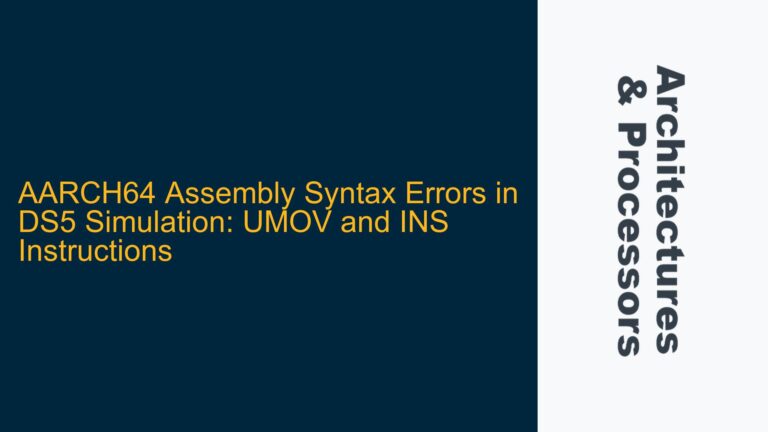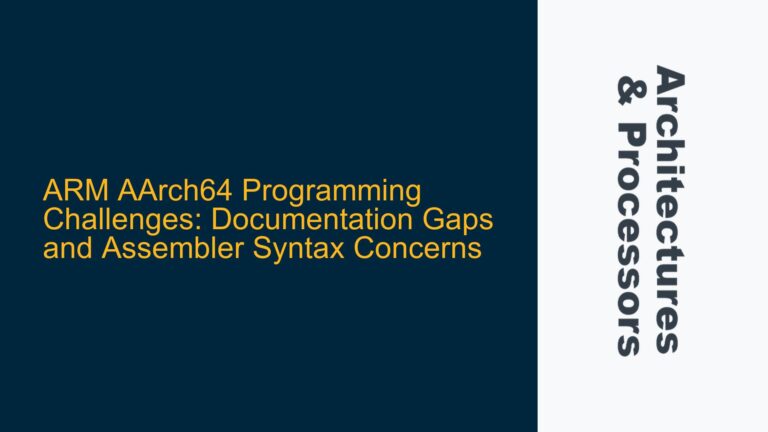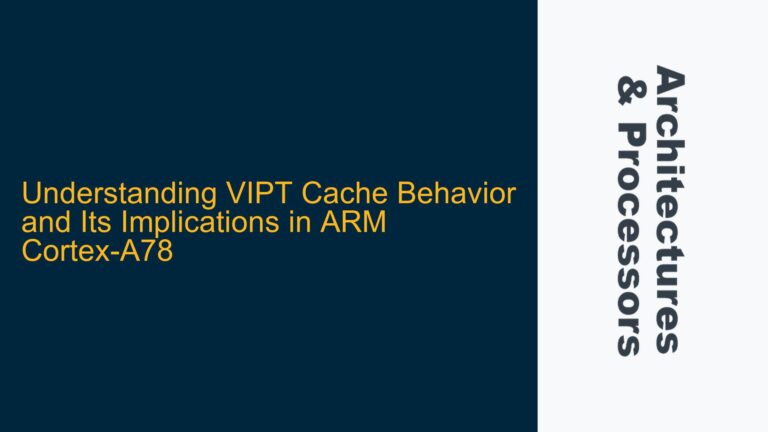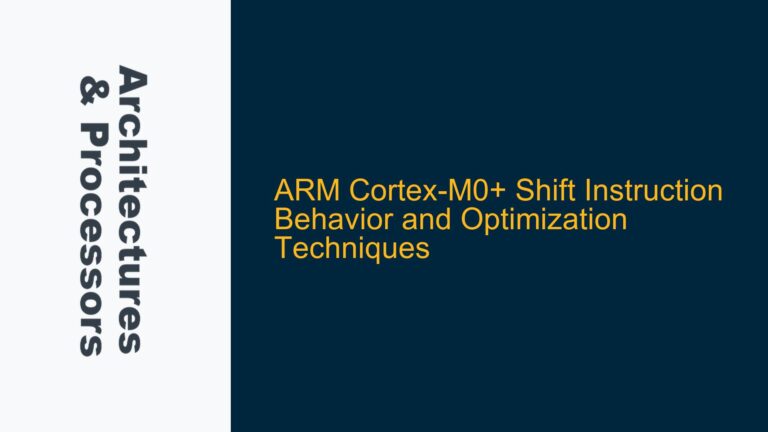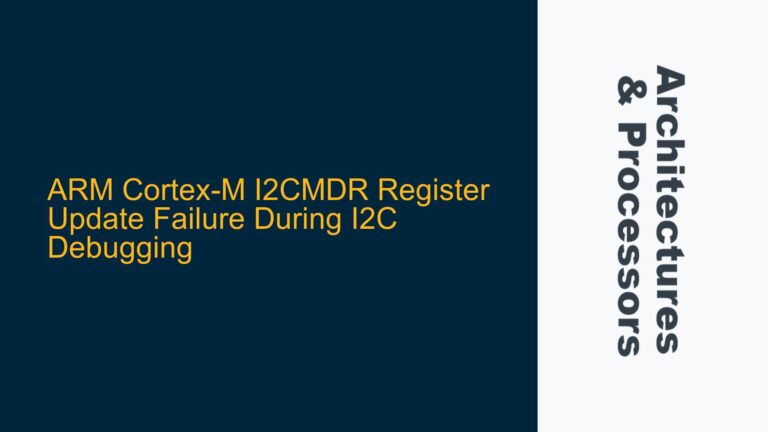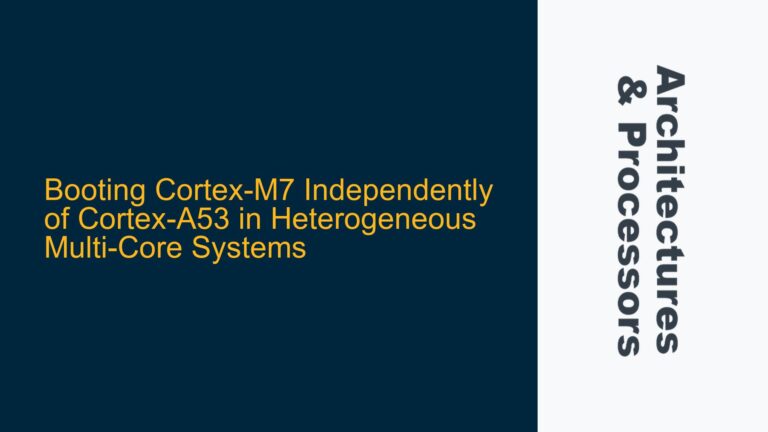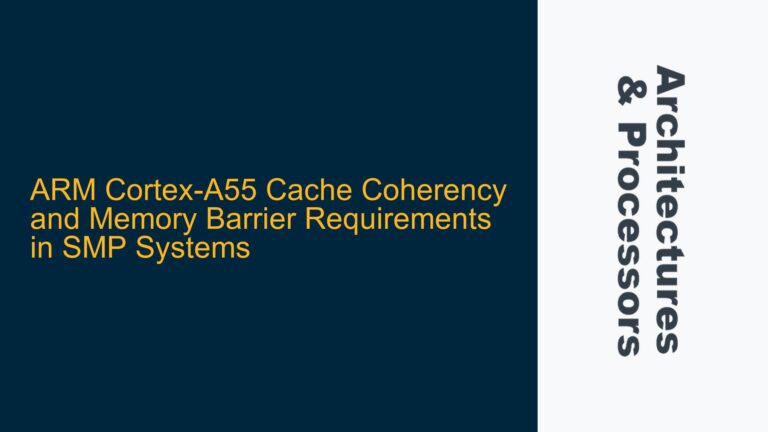MMU Translation Faults and DDR ECC Handling in ARM Cortex-A9 Systems
MMU Translation Faults During DDR ECC Error Handling in Abort Mode The core issue revolves around MMU translation faults occurring during the handling of DDR ECC uncorrectable errors in an ARM Cortex-A9 dual-core system. The system is designed to handle Data Abort and Prefetch Abort exceptions, specifically targeting asynchronous external memory aborts triggered by DDR…
